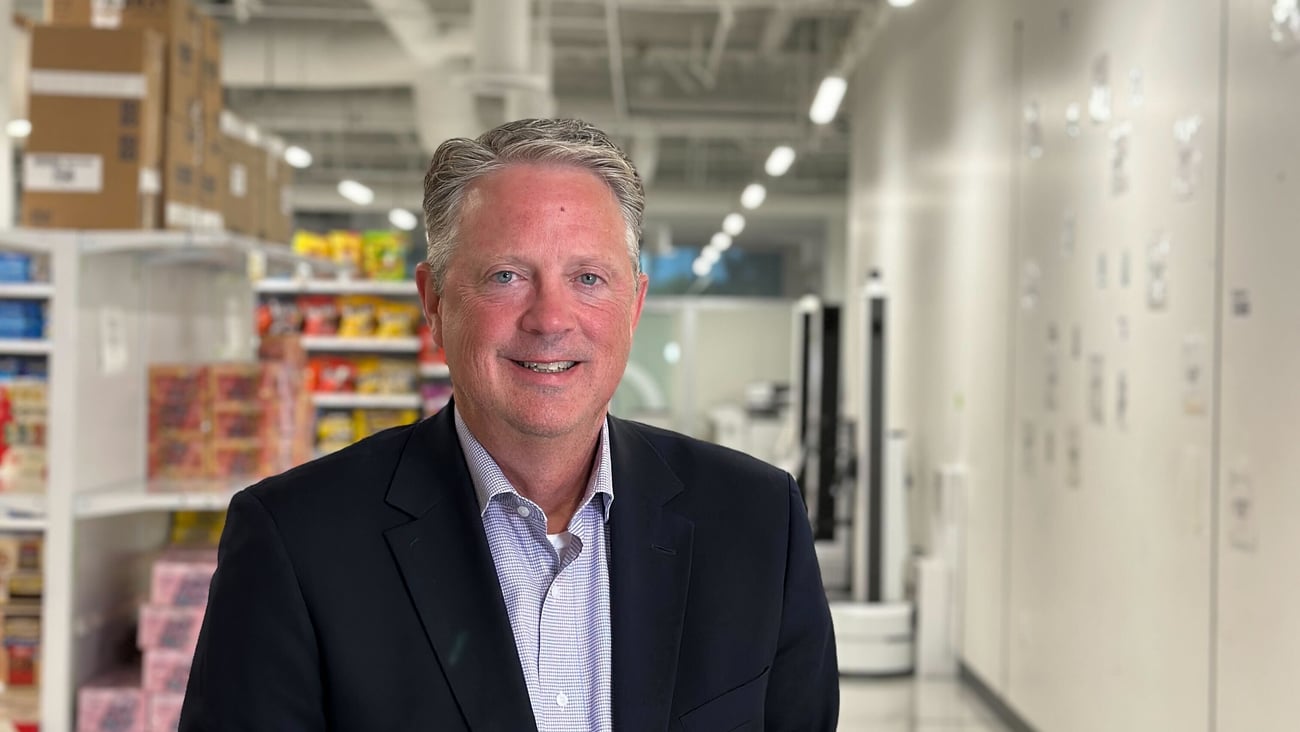Building trust in the ‘next normal:’ How to chart a path forward
The COVID-19 pandemic has upended almost every facet of our society — from the way we work, to the way we live, to the way we shop.
Of course, while many of these transformations have given rise to entirely new perspectives about how we can, and should, view the world, others have merely exposed or exacerbated sentiments that retailers have long overlooked. As evidenced by the latest EY Consumer Future Index (EY Index), one trend in particular has illuminated a stark reality for retailers in a post-pandemic world: trust.
In May, the EY Index found that, with the exception of health care providers, the vast majority of U.S. consumers struggle to trust major institutions. Twenty-one percent of consumers stated they do not trust the brands they interact with, and another 20% do not trust the retailers they shop from.
Amid the uncertainties of the pandemic, we’ve begun to see many of these trends unravel, with 46% of respondents stating that in the next one to two years, they will prioritize brands they have purchased from before. What does this data tell us about the future of consumerism in America, and how can retailers adapt in order to better meet their needs?
To chart a path forward in today’s “new normal,” retailers must build a strategy with trust as its centerpiece. This includes:
Being authentic across all touchpoints
Against the backdrop of the COVID-19 pandemic, consumers want to understand the values of the companies they interact with, whether it is through ethical guarantees, supply and safety certifications, or locally-sourced products. Shoppers looking for luxury brands, for example, are far more likely to demand transparency throughout the purchasing process to make sure the high-quality products they buy online are the high-quality products they expect.
Furthermore, consumers today seek authenticity from the brands they interact with regularly, with 40% stating that authenticity and transparency were “extremely important” when making purchasing decisions. Specifically, American shoppers have grown to expect clear labels (37%), transparent sourcing (28%) and guarantees of origin (26%) from the products they buy.
This is particularly top of mind in the food industry, where consumers demand full transparency across all touchpoints, from the farmers sourcing their food to the safety and health protocols being implemented in stores.
It will be vital for brands to consider new ways to re-establish trust with the American consumer. Retailers and brands have a unique opportunity here to not just maintain, but expand, relationships with their key customer base — so long as they act before it is too late.
Reimagining the scope of your value chain
In past decades, consumerism has been framed by the pursuit of globalization. However, throughout the COVID-19 pandemic, consumers have shifted their collective focus away from international goods and toward what is closer to home. Fifty-two percent of consumers stated that over the next two years, they would prefer to buy domestic products produced within the US, with 46% stating that they would prefer to buy local and independent brands produced by businesses in their local community.
American consumers will look to decrease their reliance on foreign markets and help to support their community wherever possible. In order to tap into these new, locally focused mentalities, companies today should consider bringing parts of their value chain stateside to provide greater transparency and create more independence. In doing so, not only will customers feel heard, but time to market will be accelerated. It is a win-win scenario.
Shortening your supply chain
Make no mistake, parts of the world may be reopening, but supply chains will continue to see lasting impacts of the COVID-19 pandemic for the foreseeable future. For now, the most efficient answer is shortening the supply chain to get shoppers closer to the production cycle, which streamlines processes to not only diversify sources of supply but also safely transport a product to its destination.
Now, more than ever before, consumers want their products delivered safely, ethically and efficiently and have little patience for brands that can’t keep up. To stay ahead of this ever-changing curve, it is critical for companies to use this unique opportunity to update existing processes and find innovative ways to increase efficiency without compromising integrity.
Getting back to normal
As we begin to focus on rebuilding our economy, we can expect some American consumer sentiments to return to some semblance of normalcy. And while many of our old shopping habits may reappear, trust will remain forever etched in stone. In the race to adapt to this new reality, either you lead the way or you’re left behind.
Kathy Gramling is EY Americas consumer industry leader. The views reflected in this article are those of the author and do not necessarily reflect the views of Ernst & Young LLP or other members of the global EY organization.






